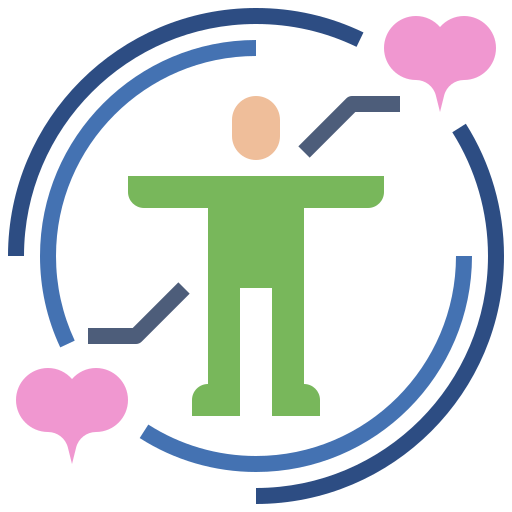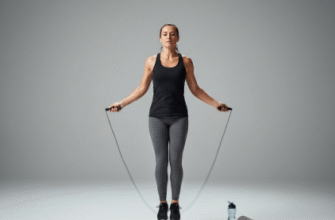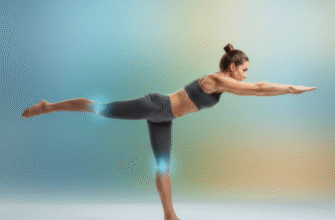It’s tough watching someone you care about wrestle with how they feel about their body. Maybe they constantly put themselves down, compare themselves endlessly to others, or shy away from activities they used to enjoy. Body image struggles are incredibly common, touching so many lives, and as a friend, you naturally want to help. But figuring out *how* to offer support without accidentally making things worse can feel like navigating a minefield. The good news is, genuine, compassionate friendship can make a huge difference.
Understanding where your friend is coming from, even just a little, is the first step. It’s rarely just about wanting to look a certain way; it often runs deeper, tangled up with self-worth, societal pressures, and past experiences. They might be hearing a relentless critical inner voice, one that nitpicks every perceived flaw. Seeing filtered perfection online or feeling pressure from media doesn’t help either. Remember, their feelings are real to them, even if their perception doesn’t match what you see.
Listening is More Than Just Hearing
Often, the most powerful thing you can do is simply listen. Really listen. Put down your phone, make eye contact, and give them your undivided attention. Let them talk without interrupting or jumping in with solutions. Sometimes people just need to vent, to feel heard and validated without judgment. Ask open-ended questions like “How has that been making you feel?” or “Can you tell me more about that?” instead of questions that can be answered with a simple yes or no.
Creating a safe space means showing them you accept them exactly as they are. Avoid dismissing their feelings by saying things like, “Don’t be silly, you look great!” While well-intentioned, this can make them feel like you don’t understand or that their feelings aren’t valid. Instead, try acknowledging their pain: “It sounds like you’re feeling really down about this,” or “I’m sorry you’re going through such a tough time with these thoughts.” Empathy, not necessarily agreement with their negative self-assessment, is key.
Words Matter: Choose Them Wisely
The language we use around appearance, both our own and others’, carries weight. When talking to your friend, try to steer clear of comments focused solely on their looks, even positive ones, especially if they’re feeling vulnerable.
Focus on Who They Are, Not What They Look Like
Instead of appearance-based compliments, highlight their other amazing qualities. Remind them of their strengths, talents, kindness, humour, or intelligence. Try things like:
- “I really admire how passionate you are about [their hobby].”
- “You always make me laugh; you have such a great sense of humour.”
- “You were so kind to [someone] the other day; that really stuck with me.”
- “I love how you think about things; you have such interesting perspectives.”
Shifting the focus helps reinforce that their value as a person extends far beyond their physical appearance. It subtly counters the narrative that looks are the most important thing.
Avoid Unhelpful Comparisons and Reassurances
Never compare their body to someone else’s, even if you think it’s a compliment (“You look way better than so-and-so!”). This just reinforces the idea that bodies are up for comparison and judgment. Also, avoid comparing their struggles to your own past or present body image issues unless they specifically ask, and even then, tread carefully. The goal is to keep the focus on supporting them, not making it about you.
Resist the urge to constantly reassure them about their looks. While occasional, genuine compliments unrelated to a moment of crisis are fine, repetitive “You look amazing!” responses when they express distress can feel hollow or dismissive. Focus on validating their *feelings* rather than trying to “fix” their perception on the spot.
Important Note on Support: While your friendship is invaluable, remember you aren’t a therapist. Avoid giving dietary or exercise advice unless explicitly asked, and even then, be cautious. Comparing their struggles to others or offering quick fixes can sometimes be counterproductive. Your primary role is to offer empathy, listen without judgment, and be a positive presence.
Shift the Focus: Shared Activities and Interests
Sometimes, the best way to help is to gently redirect their focus away from body preoccupation. Plan activities together that you both enjoy and that aren’t centered around appearance or food.
- Go for a walk in nature.
- Have a movie or game night.
- Work on a creative project together.
- Visit a museum or gallery.
- Volunteer for a cause you both care about.
- Learn a new skill together, like pottery or a language.
Engaging in enjoyable activities can boost mood, create positive memories, and reinforce their sense of self beyond their physical form. It shows them that life is full of joy and engagement that has nothing to do with how they look.
Be a Positive Role Model (Without Being Preachy)
How you talk about your *own* body and your relationship with food can subtly influence those around you. Try to cultivate a balanced perspective yourself. Avoid constantly complaining about your own appearance, dieting excessively, or labeling foods as “good” or “bad.” This doesn’t mean you have to pretend you never have an insecure moment, but try to model self-acceptance and a focus on health and well-being rather than just weight or shape.
Speak kindly about yourself and others. Compliment people on qualities unrelated to appearance. Show through your actions that you value yourself and others for more than just looks. This positive modeling can be more impactful than direct advice.
Knowing When More Help Might Be Needed
Friendship is powerful, but sometimes body image struggles are deeply rooted and may require professional support. If your friend’s struggles seem persistent, significantly impact their daily life (e.g., avoiding social events, extreme changes in eating habits, constant distress), or if you’re concerned about their overall well-being, it might be appropriate to gently suggest they consider talking to a counsellor, therapist, or doctor.
You could say something like, “I care about you a lot, and it hurts me to see you struggling so much with this. Have you ever thought about talking to someone who specializes in this stuff? Sometimes an outside perspective can really help.” Frame it as an act of care and support, not criticism. You can even offer to help them find resources if they’re open to it. However, respect their decision if they’re not ready. Your role remains being a supportive friend, not forcing them into treatment.
Patience and Consistency are Crucial
Supporting a friend through body image issues isn’t usually a quick fix. It requires patience, consistency, and understanding. There will be good days and bad days. Keep showing up for them, offering that non-judgmental ear and reminding them of their worth beyond their reflection. Celebrate small victories and be a steady source of positivity and acceptance in their life.
Ultimately, being a good friend means being present, empathetic, and respectful. It means focusing on the whole person, not just their appearance, and creating a space where they feel safe, heard, and valued for exactly who they are. Your consistent support can be a powerful anchor for a friend navigating the stormy seas of body image struggles.








